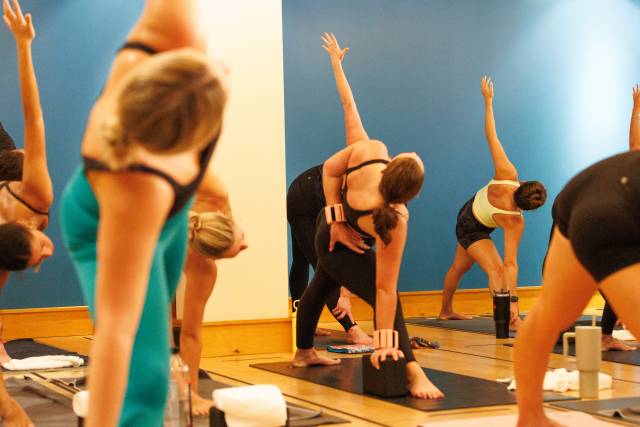A Gentle Introduction to a Timeless Practice
Yoga, an ancient practice that combines physical postures, breathing techniques, and meditation, has gained immense popularity in recent years. For those new to yoga, it can seem intimidating at first glance. However, with the right approach and guidance, anyone can start their yoga practice and reap its numerous benefits. This blog post aims to provide a gentle introduction to yoga for beginners, offering insights into easy poses and emphasizing the importance of proper instruction.
Understanding the Basics of Yoga
Yoga is more than just physical exercise; it’s a holistic approach to well-being that encompasses mind, body, and spirit. At its core, yoga is about creating harmony within oneself and with the world around us. For beginners, it’s essential to understand that yoga is not about perfection or competition. It’s a personal practice that allows you to connect with your body and breath, fostering a sense of inner peace and balance.
The foundation of yoga lies in the breath. Proper breathing techniques, known as pranayama, are integral to any yoga practice. As a beginner, focusing on your breath can help you stay present and mindful during your practice. Start by simply observing your natural breath, then gradually learn to deepen and control it.
Simple Yoga Poses for Beginners
As you begin your yoga practice, it’s important to start with simple poses that help build strength, flexibility, and body awareness. Here are a few beginner-friendly poses to get you started:
Mountain Pose (Tadasana): This fundamental standing pose helps improve posture and balance. Stand with your feet together, arms at your sides, and distribute your weight evenly. Engage your core and lengthen your spine, imagining a string pulling you up from the crown of your head.
Child’s Pose (Balasana): A restful pose that gently stretches the back and hips. Kneel on the floor, sit back on your heels, and extend your arms forward, lowering your forehead to the mat. This pose is excellent for relaxation and can be used as a resting position between more challenging poses.
Cat-Cow Stretch (Marjaryasana-Bitilasana): This flowing sequence warms up the spine and improves flexibility. Start on your hands and knees, then alternate between arching your back (Cow) and rounding it (Cat), coordinating your movements with your breath.
Downward-Facing Dog (Adho Mukha Svanasana): A classic yoga pose that strengthens the arms and legs while stretching the back and hamstrings. From hands and knees, lift your hips up and back, forming an inverted V-shape with your body.
Remember, it’s not about how far you can stretch or how long you can hold a pose. The key is to listen to your body and move within your comfortable range of motion. With regular practice, you’ll notice improvements in your strength, flexibility, and overall well-being.
The Importance of Proper Guidance
While it’s possible to start practicing yoga at home with online resources, beginners are strongly encouraged to seek out the help of experienced yoga instructors in their area. A qualified instructor can provide personalized guidance, ensure proper alignment, and help prevent injuries.
In a yoga class setting, you’ll benefit from hands-on adjustments and modifications tailored to your individual needs. An instructor can also help you understand the philosophy behind yoga and guide you in developing a well-rounded practice that includes not just physical postures, but also breathing exercises and meditation techniques.
Moreover, attending yoga classes offers the opportunity to connect with a community of like-minded individuals. This sense of community can be incredibly motivating and supportive as you progress in your yoga practice.
Integrating Yoga into Your Life
As you begin to incorporate yoga into your routine, remember that consistency is key. Start with short, manageable sessions and gradually increase the duration and complexity of your practice. Even 10-15 minutes of yoga daily can make a significant difference in how you feel.
Yoga is not just about what you do on the mat; it’s a way of life. The principles and benefits of daily mindfulness, breath awareness, and self-compassion that you learn in yoga can be applied to various aspects of your daily life. You might find yourself becoming more patient, focused, and balanced in your everyday activities.
Remember, every yoga practitioner was once a beginner. Be patient with yourself, approach your practice with curiosity and openness, and enjoy the process of learning and growing. With time and dedication, you’ll find that yoga becomes not just a physical exercise, but a transformative practice that enhances your overall quality of life.









